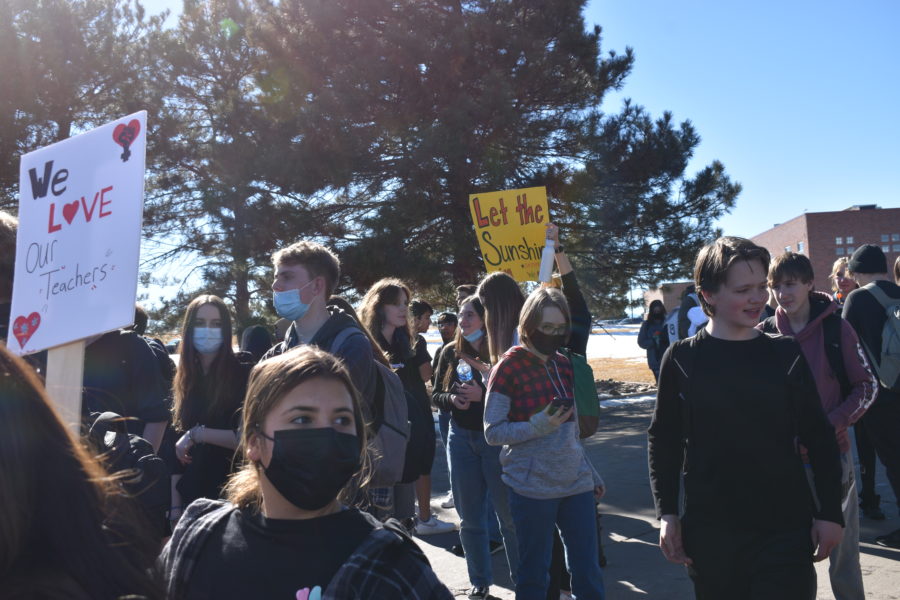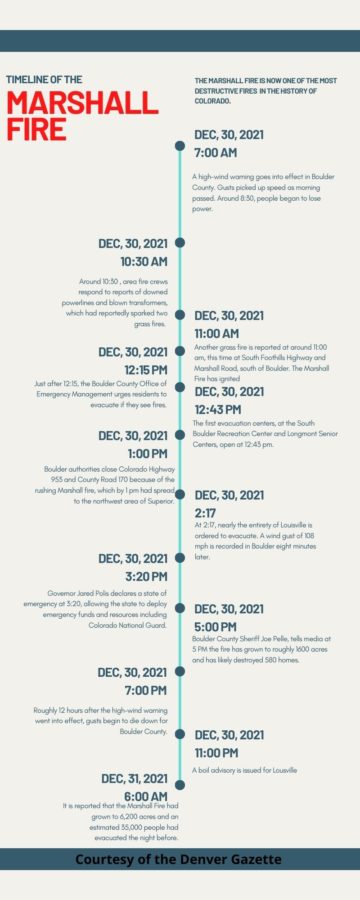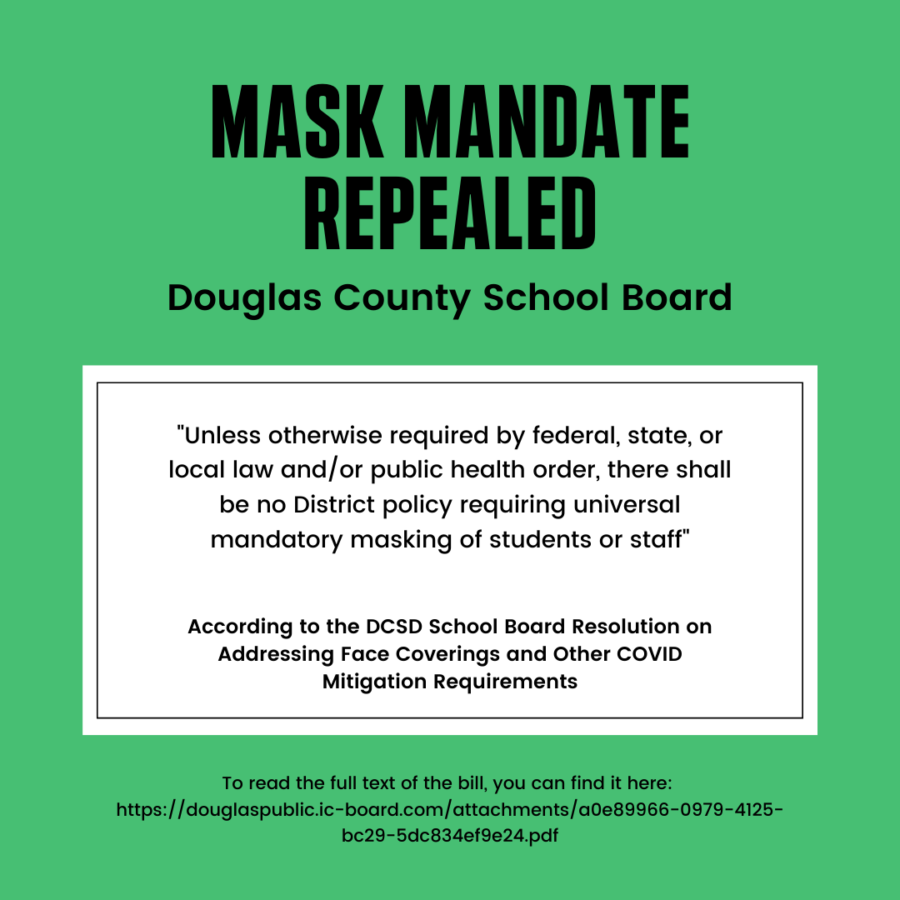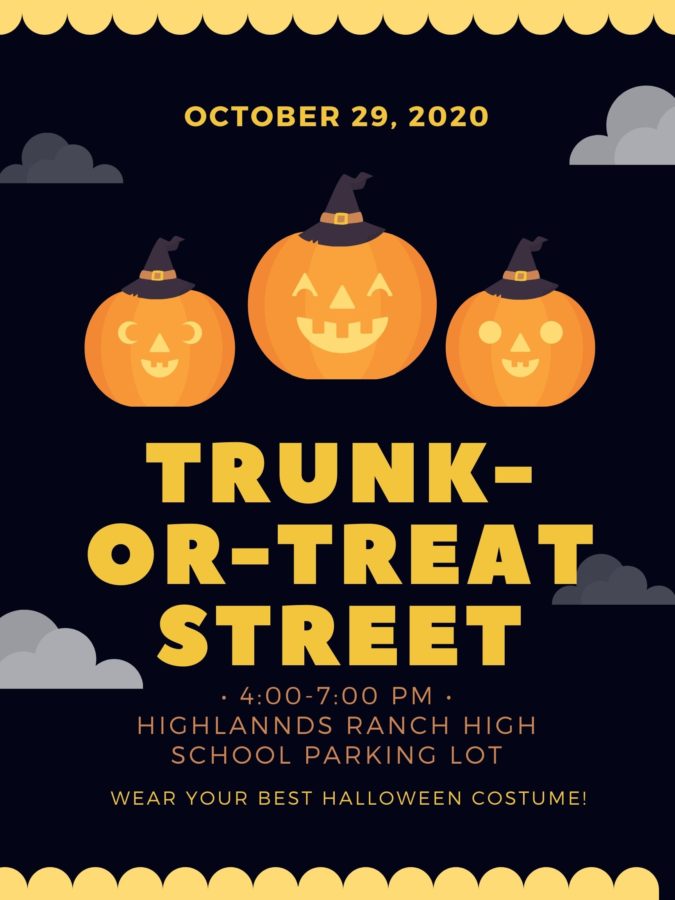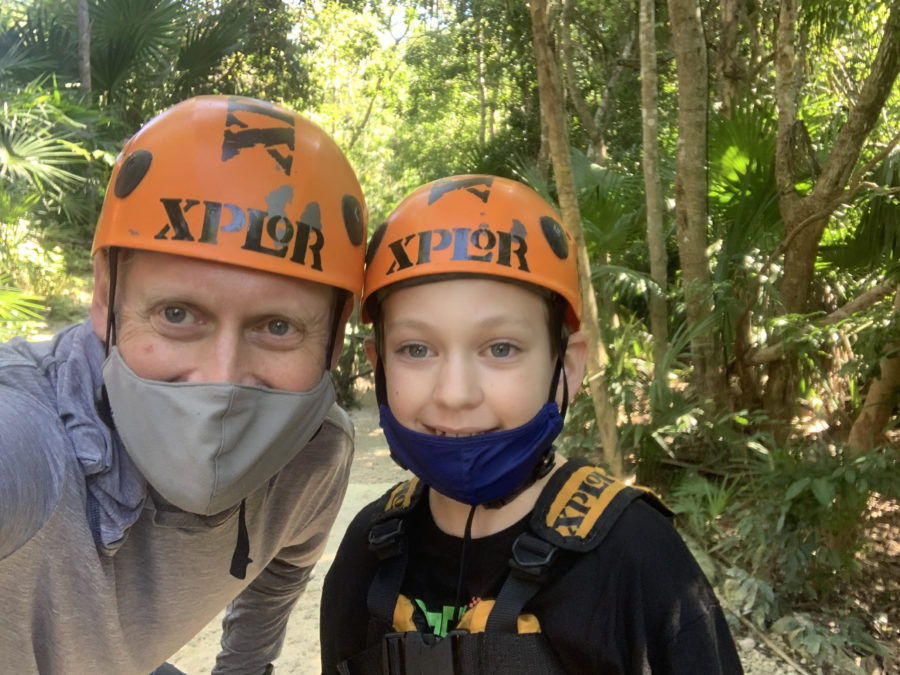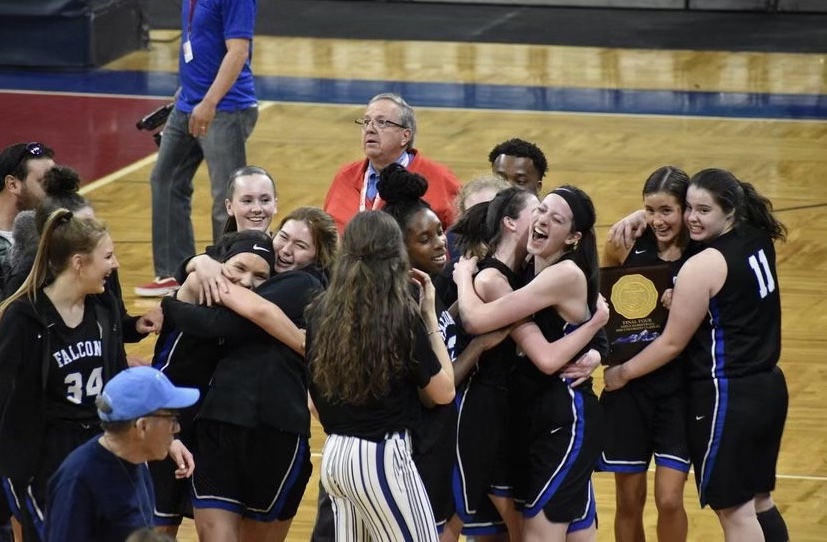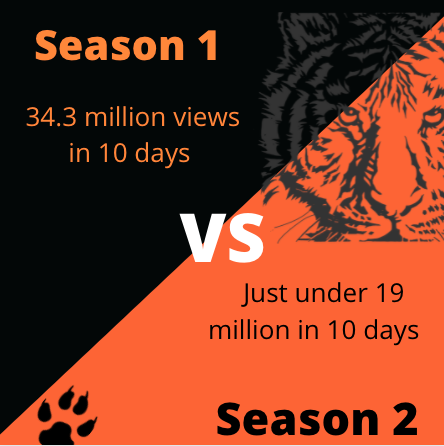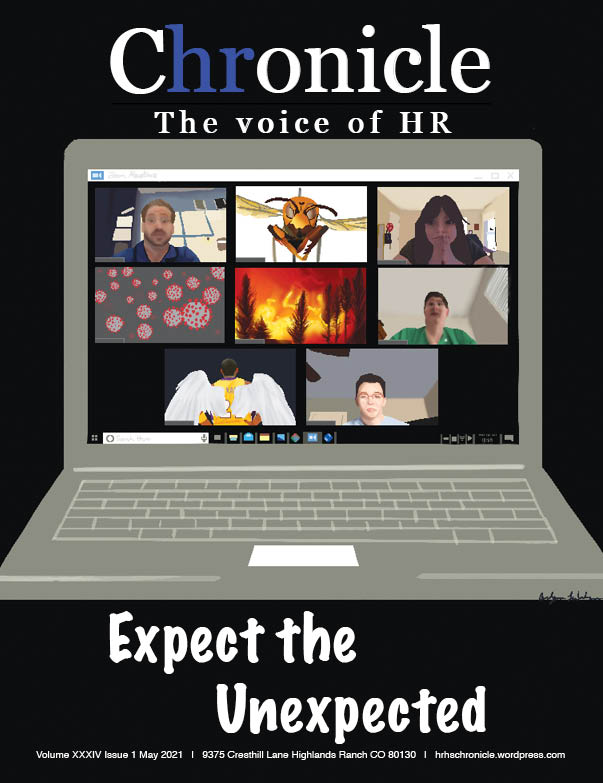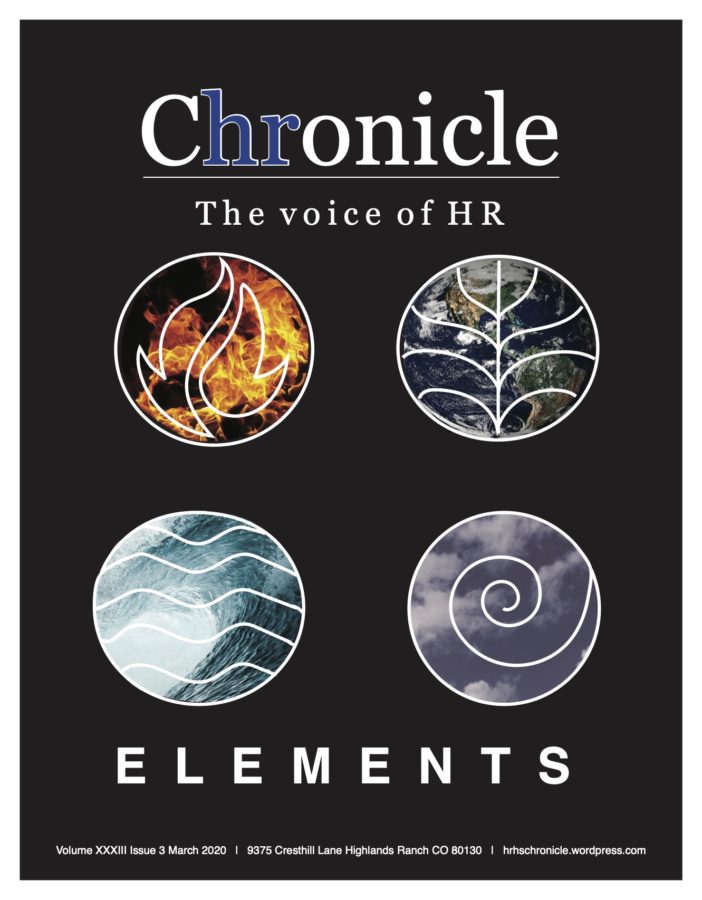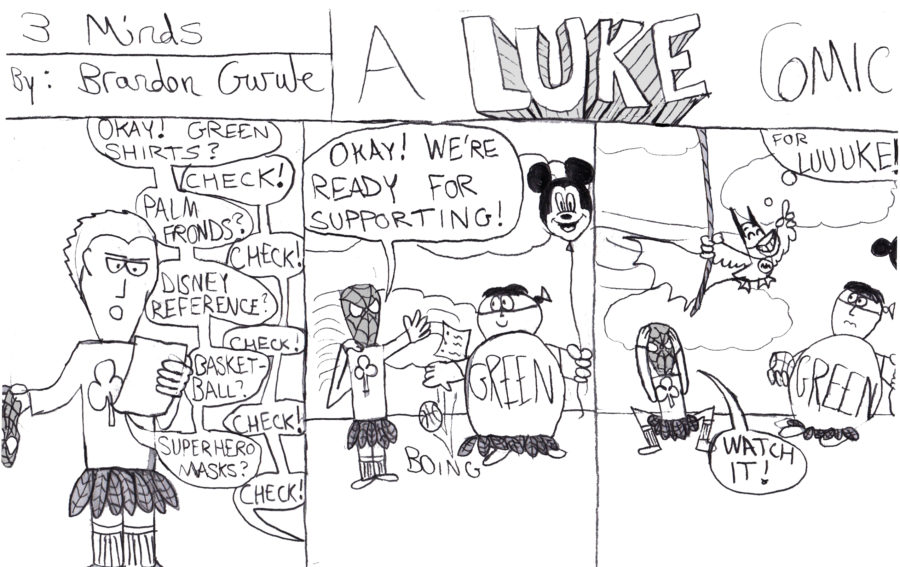Recently, the global environmental events seem to keep arising and intensifying by the minute. Some people are saying that these events are natural cycles. While they aren’t wrong, these natural cycles are speeding up and becoming more severe at an extraordinary rate. Heather Berry, science teacher, said, “The Australian fires are severe this year due to a number of factors. Increasing global temperatures are leading to higher than average daily temperatures, increased storms, as well as a prolonged drought and bushfire season. We are also coming out of an El Nino weather pattern, which typically causes drought in Australia. These factors combined have led to severe drought conditions.”
Here in the United States, we have an issue with paying attention. There are millions of signs of irreversible climate change. Last year, the United Nations general assembly estimated that there are only 11 years left to prevent irreversible climate change. It must be noted what is happening currently around the world because if we do not do anything to acknowledge and fix the problems, we will get into an irreversible cycle of global disasters that could lead to Earth’s demise.
What started as the natural cycle of dry season and drought in Australia, turned into one of the worst fire seasons on record, and it’s only the middle of their summer. According to CNN, fire season is always dangerous and intense in Australia. But, conditions are especially severe this year due to high temperatures up to 40 degrees Celsius (113-120 degrees Fahrenheit) and high winds. The average highest temperature during this season is 35 degrees Celsius (95 degrees Fahrenheit).
Lindsay Engelbert, senior, went on the South Pacific trip with the science department in 2018. In response to the fires, she said, “Australia is beautiful. I went there during the summer before my sophomore year, and culturally, environmentally, and socially, it is a country that a lot of people want to visit one day. With the fires happening there, and the effort going into saving animals, communities, and lives, it is crazy to think about what the difference in years can do.”
Australia’s fires are important ones to pay attention to. Unlike the Amazon Rainforest fires which destroyed over half of the three-million square miles of tropical forest that produces from 6-20% of the world’s oxygen, according to National Geographic, these brush fires are not necessarily affecting us here in the United States…yet. In those other fires, we hear about and may even see the effects of those fires. The difference with the Australian brush fires is that they are at an even larger magnitude, and it serves as an example of a situation where unique weather patterns and higher global heat led to disaster. Its weather this year also shows what other parts of the world may face as temperatures continue to rise.
While some people are ignoring the situation, some Americans are trying to help by sewing koala pouches and donating carrots to drop for the inhabitable areas that animals are trapped in. Here at HR, students are donating to help firefighters in Australia. Berry is encouraging her students to even consider choosing their annual sustainability project to focus on helping Australia.
This year, I have already written about an intense round of forest fires that excessively destroyed an environment when I talked about the Amazon Rainforest. That was an example of irreversible damage that has already been done to an essential habitat as a result of climate change. Now, Australia is intensely burnt and damaged due to climate change’s growing presence. I don’t want to have to write about yet another ravaging group of fires or global events that have major effects on the environment. So it’s time to pay attention and truly understand what these paramount events are a result of: global climate change.
Jennah Klein, Photography Editor


